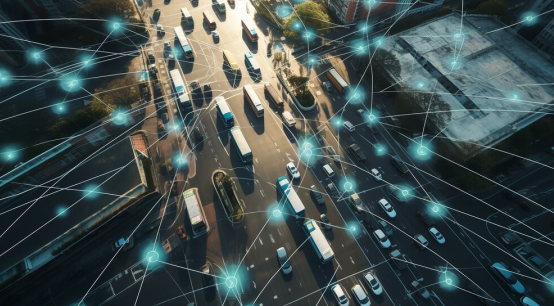
The transition to electric vehicles (EVs) not only redefines how cars are "refueled" but also promises to ensure stable energy supply and enhance efficiency. Achieving this vision relies on implementing Dynamic Load Management (DLM) systems for EV charging.
Dynamic Load Management
DLM systems revolutionize energy usage by intelligently balancing power loads among multiple chargers. This optimized power distribution accelerates EV charging while reducing energy costs and consumption. Furthermore, DLM alleviates grid pressure and enhances the resilience of energy infrastructure.
EV Charging and V2G Basics
To understand DLM's impact, it's crucial to review the fundamentals of EV charging and Vehicle-to-Grid (V2G) technology.
EV Charger Components
EV charging systems consist of:
- Power and vehicle charging interfaces
- Connectors
- Inverters
- Control boards
- User interfaces
DLM leverages these components to balance power, linking real-time grid performance with the charging process.
Charging Strategies
Three charging levels are defined, with Level 3 offering the fastest charging speeds. Fast charging (Level 3) increases power and voltage but can risk overheating the battery. Slow charging (Levels 1 and 2) takes longer but better protects the battery.
Smart Charging
Smart charging, a key component of smart grids, adjusts charging rates based on grid conditions, energy prices, and user preferences. It supports bidirectional charging, improving grid resilience and reducing capital costs while lowering carbon emissions.
DLM's Role
DLM manages grid power consumption by balancing available power among chargers and "reclaiming" generated energy to ease grid burdens.
V2G and Load Management
V2G technology strengthens load management by allowing EVs to both draw from and supply power to the grid. This dynamic approach optimizes charging management, stabilizing the grid.
DLM Mechanisms
DLM systems operate in a continuous optimization cycle, collecting real-time energy demand data, adjusting energy distribution, and integrating renewable sources into the ecosystem.
Quantifiable Benefits
A 2018 Energy Department study projects that electrifying 75% of energy end-uses could reduce grid load by up to 38% by 2050. DLM can enhance sustainability by reducing infrastructure capacity needs and optimizing energy efficiency.
Cost Savings
DLM can significantly lower costs:
- Reduces capital expenditure by avoiding upgrades
- Lowers monthly energy costs by reducing overall energy demand
Market Leaders
Key players like Ampeco, Etrel, Driivz, and EVBox are advancing DLM technology, with the EV charging software market projected to grow from $1.2 billion in 2023 to $7.5 billion by 2030.
Future Innovations
AI can further enhance smart charging and DLM systems, improving efficiency and integrating more renewable energy. However, challenges include the need for updated expertise and standardized protocols. Government support and investment in smart grid technology are essential for overcoming these barriers.
Conclusion
DLM optimizes EV charging within the distributed power ecosystem, offering:
- Enhanced energy production and distribution
- Reduced capital and operational costs
- Improved grid stability and resilience
- Sustainability benefits
As EV technology evolves and renewable energy costs decline, understanding and implementing DLM strategies will be crucial for managing energy efficiently and fostering a sustainable future.
FAQs:
What is Dynamic Load Management in EV charging? DLM is a system that adjusts power distribution among multiple EV chargers in real-time, optimizing energy use and preventing grid overload.
What are the benefits of DLM for EV charging? DLM saves costs, improves sustainability, enhances grid resilience, and balances power loads during peak and non-peak times.
Can DLM integrate with existing EV charging infrastructure? Yes, DLM can work with current charging stations and manage AC, DC, and solar DC power sources without major hardware modifications.
What is the future outlook for DLM in EV charging? The future of DLM is promising with advancements in AI and increased renewable energy integration. Overcoming current barriers will enhance its effectiveness and sustainability benefits.
The Products You May Be Interested In
 |
CP3500AC54TEZ | AC/DC CONVERTER 54V 3500W | 408 More on Order |
 |
ULVT012A0X3-SRZ | DC DC CONVERTER 0.6-5.5V 66W | 387 More on Order |
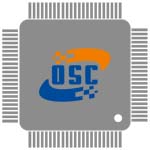 |
AXH010A0PZ | DC DC CONVERTER 1.2V 12W | 324 More on Order |
 |
AXH010A0P5Z | DC DC CONVERTER 1.2V 12W | 323 More on Order |
 |
EQW012A0A61 | DC DC CONVERTER 5V 60W | 275 More on Order |
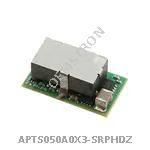 |
APTS050A0X3-SRPHDZ | DC DC CONVERTER 0.7-2V 100W | 347 More on Order |
 |
JRW060A0F641-H | DC DC CONVERTER 3.3V 198W | 438 More on Order |
 |
JRW040A0A61-HZ | DC DC CONVERTER 5V 200W | 118 More on Order |
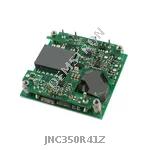 |
JNC350R41Z | DC DC CONVERTER 28V 350W | 305 More on Order |
 |
QRW025A0A1Z | DC DC CONVERTER 5V 125W | 447 More on Order |
 |
QW015A0F1 | DC DC CONVERTER 3.3V 50W | 208 More on Order |
 |
NH033F-L | DC DC CONVERTER 3.3V 33W | 496 More on Order |
 |
JW050B1 | DC DC CONVERTER 12V 50W | 431 More on Order |
 |
JW050A | DC DC CONVERTER 5V 50W | 209 More on Order |
 |
HW004A0A1-S | DC DC CONVERTER 5V 20W | 375 More on Order |
 |
EQW023A0G1-S | DC DC CONVERTER 2.5V 58W | 332 More on Order |
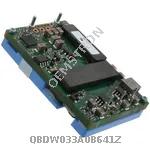 |
QBDW033A0B641Z | DC DC CONVERTER 12V 400W | 436 More on Order |
 |
QBVW033A0B41-PZ | DC DC CONVERTER 12V 400W | 340 More on Order |
 |
QBVW025A0B61Z | DC DC CONVERTER 12V 300W | 488 More on Order |
 |
EBVW025A0B41Z | DC DC CONVERTER 12V 300W | 239 More on Order |
 |
SC001A2B91-SRZ | DC DC CONVERTER 12V 14W | 174 More on Order |
 |
PNVX002A0X3-SRZ | DC DC CONVERTER 0.6-5.5V 11W | 385 More on Order |
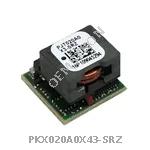 |
PKX020A0X43-SRZ | DC DC CONVERTER 0.6-3.63V | 341 More on Order |
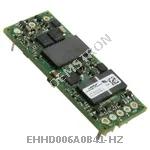 |
EHHD006A0B41-HZ | DC DC CONVERTER 12V 72W | 979 More on Order |

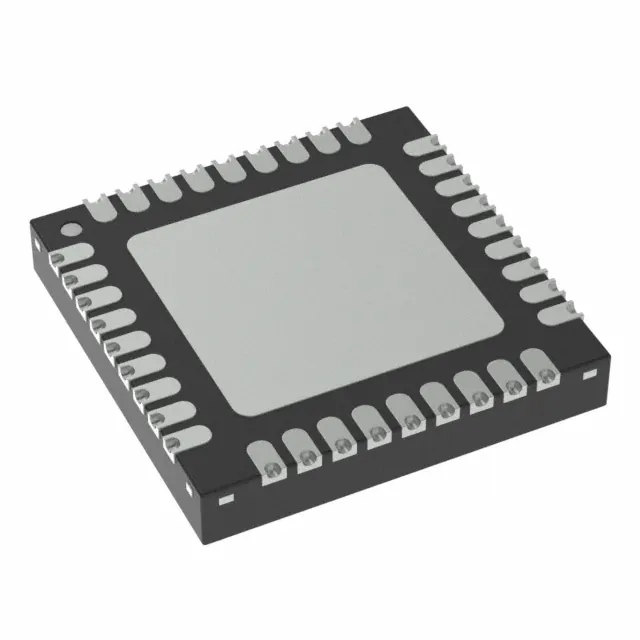 Semiconductors
Semiconductors









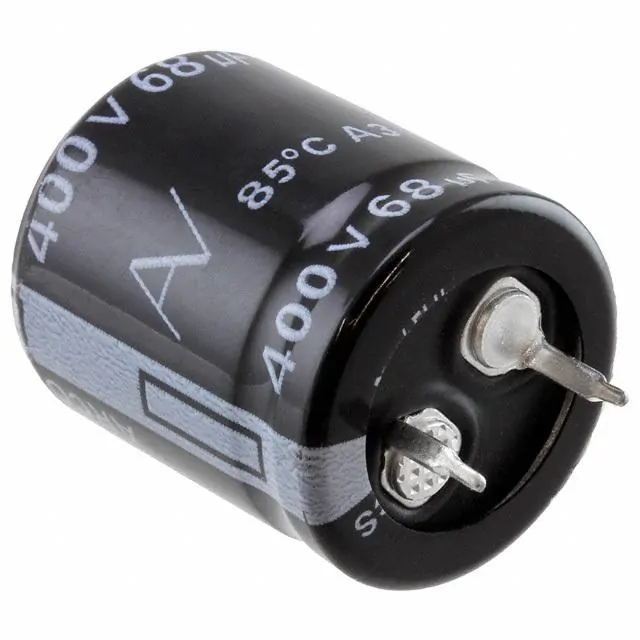 Passive Components
Passive Components









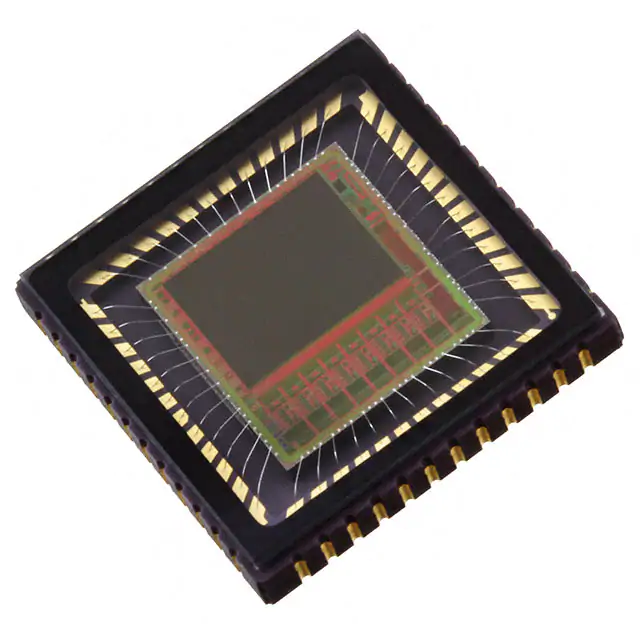 Sensors
Sensors








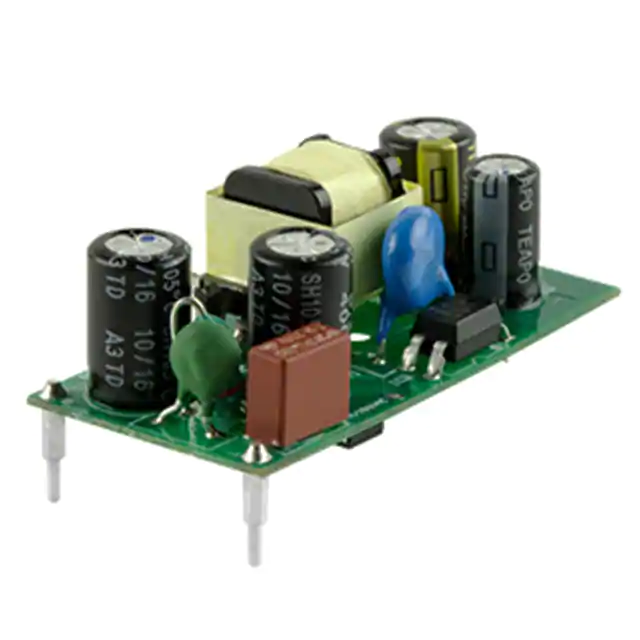 Power
Power









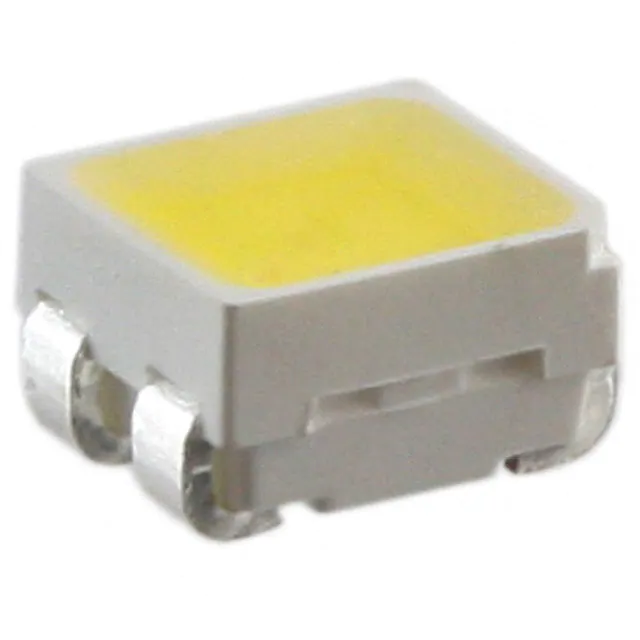 Optoelectronics
Optoelectronics








